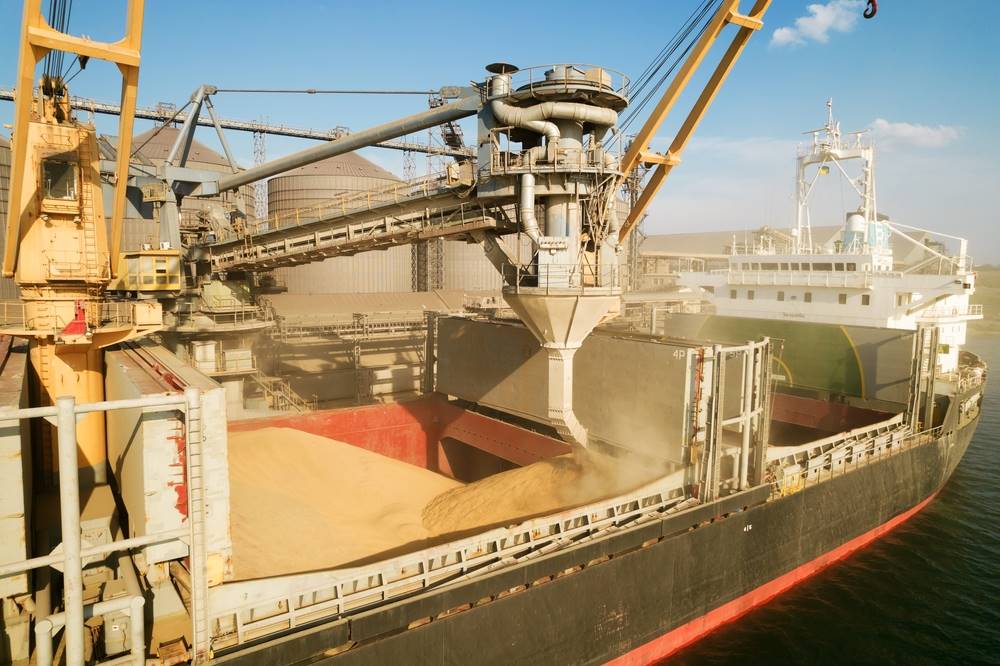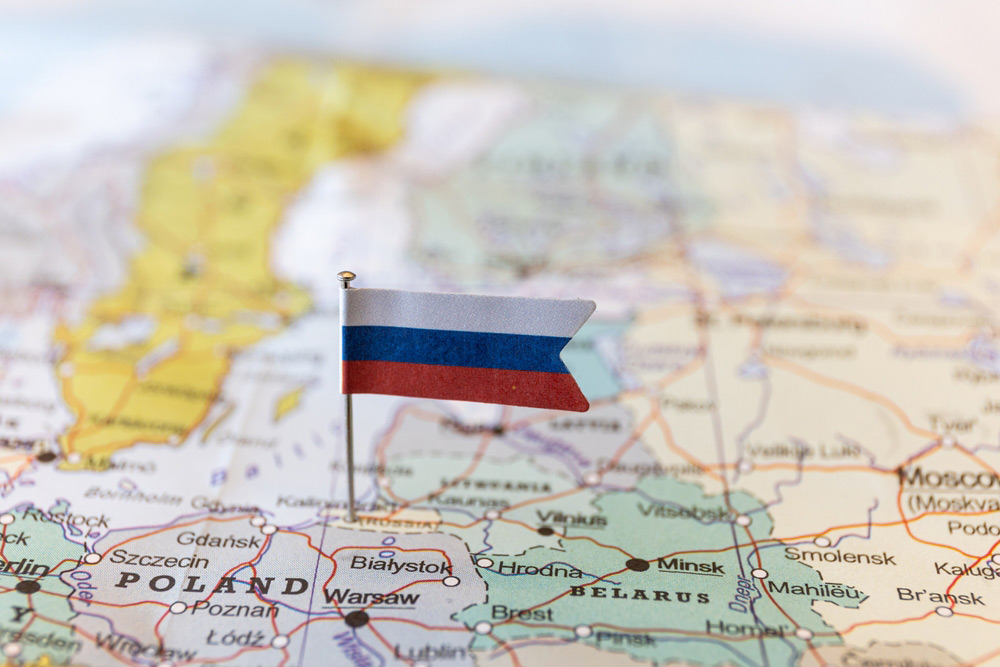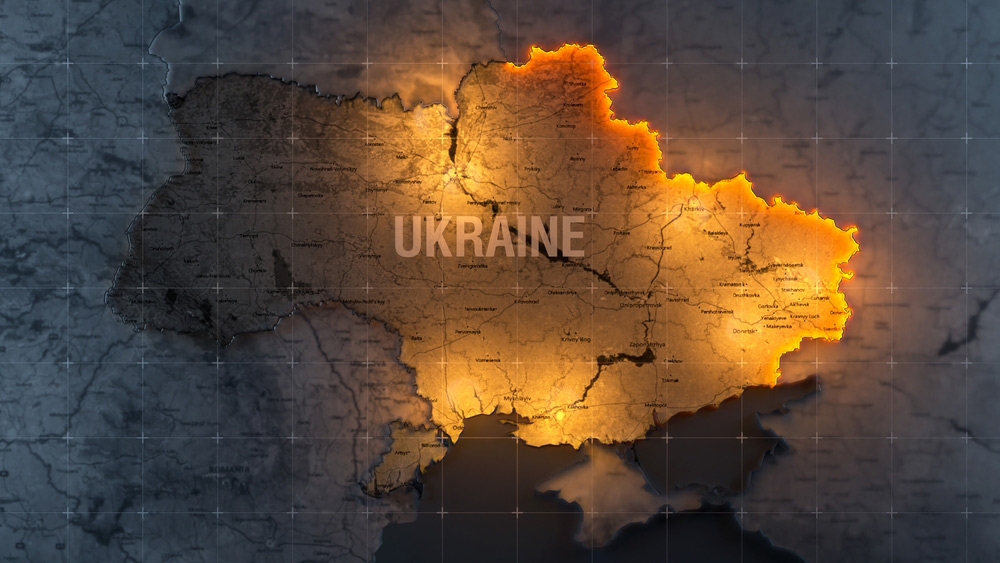As the second anniversary of Russia’s full-scale invasion approaches on February 24, much of the attention paid to the war between Russia and Ukraine has focused on the trajectory of the slow-moving ground campaign. The lack of significant movement along the line of control over the past year led many journalists to describe the war as a “stalemate.” But in fact, the ground war is just one of three separate but interconnected campaigns that combine to affect the real strategic goal of each side: undermining the adversary’s will to continue fighting.
The campaign for control of the Black Sea as well as missile and drone attacks on both Ukrainian and Russian strategic targets well behind the front lines are two other strategically significant aspects of the war. And these two campaigns have been highly dynamic over the last year, even as movement at the front line slowed. Both sides believe that whether the front line moves or not, success in these domains can affect their ability to achieve their ultimate aims.
How to win a war
History suggests that the war is unlikely to be decided by capturing a certain quantity of territory. Actually winning the war rather requires persuading the opponent that continuing to fight is not worth it, either because it would only lead to worse outcomes or because the domestic costs of continuing to fight will be unacceptable. The obvious parallels here are to the Vietnam War and the 1980s Soviet war in Afghanistan. In each case, the superpower chose to withdraw despite having the wherewithal to continue the war, because continuing was no longer politically sustainable with domestic audiences.
The movement of the front line has indeed slowed. During the course of 2023, Russia gained a total of only 370 square miles of Ukrainian territory, while Ukraine liberated approximately 60 square miles. By comparison, between March and December of 2022, Ukraine liberated 29,000 square miles of occupied territory, including 7,000 square miles during its fall 2022 counteroffensive.
But while much of the media and many Ukrainian activists focused on retaking occupied territory as the primary goal of Ukraine’s war effort over the last year, it was never clear how even significant gains in the ground operation would lead to an end of active fighting. Even if Ukraine were to succeed in restoring control over all of its territory occupied by Russia since 2014, Moscow could continue to attack Ukraine from Russian soil. The implicit argument, rarely stated openly, was that major Ukrainian territorial gains would result in Russia deciding to enter into negotiations where Ukraine could proceed from a position of strength. While this is a plausible scenario, another possibility is that Russia would choose to continue to fight, most likely by using continuing strikes to prevent reconstruction of Ukraine. Similarly, significant Russian territorial gains are unlikely in and of themselves to result in Ukraine’s capitulation, though the nature of the fight might change.
The Battle for the Black Sea
Success in the ground war is not the only path to breaking the opponent’s will to fight. Even as its ground offensive in the second half of 2023 failed to produce significant results, other aspects of Ukraine’s war effort put increasing pressure on Russia. Despite having no functioning naval force, Ukraine was able to break Russia’s naval blockade of its Black Sea maritime export route. This successful operation was accomplished gradually, beginning in the earliest months of the war with the sinking of Russia’s Black Sea flagship, the cruiser Moskva. This initial success seriously diminished Russia’s air defense capacity in the western Black Sea, allowing Ukraine subsequently to retake Snake Island and eliminate Russian sensors there.
Building on these successes, Ukraine began to target air defense systems in Crimea. Once several of these were eliminated, it was able to destroy the Black Sea Fleet’s headquarters in Sevastopol and then to take out several additional Russian warships, both afloat and in drydock. Eventually, the Russian navy was forced to withdraw its remaining fleet out of Sevastopol, moving them to the eastern coast of the Black Sea. This meant that Russia could no longer enforce its naval blockade, allowing Ukraine to renew exports that are critical to its economy. Even in the past two months, Ukraine has claimed to have sunk the Russian corvette Ivanovets and a large landing vessel, the Caesar Kunikov. Some reports say this led Moscow to fire the Black Sea fleet commander last week. Importantly, the destruction of a significant percentage of the Russian fleet has the potential to reduce morale among Russian military leaders, potentially affecting Russia’s will to continue its fight.
The strategic air war
In another of the war’s campaigns, Russia has been launching drone and ballistic and cruise missiles against Ukraine’s critical infrastructure. In the winter of 2022-23, Moscow’s main goal was to destroy Ukraine’s energy infrastructure. This winter, the principal target has been Ukraine’s defense industry. This campaign illustrates another attempted path to break an opponent’s will to fight; Russian leaders believe that if Ukrainians are suffering in the cold and dark, they lead their government to sue for peace. Similarly, the naval blockade was designed to break Ukraine’s will to fight by harming the country’s economic viability.
While Ukraine initially avoided directly targeting Russian territory, in recent months it has taken up tactics that partially mirror Russia’s campaign behind the front lines. Ukrainian drones have repeatedly disrupted air traffic at major Russian airports. Ukraine has also launched missiles at cities in border zones, with the goal of bringing the reality of war to Russia’s civilian population. And in recent weeks, it has launched a series of attacks on Russian oil and gas export terminals, seeking to undermine Russia’s economy in a manner largely parallel to Russia’s blockade of Ukrainian grain exports and attacks on Ukrainian energy infrastructure. The clear bet made with these actions is that Russian civilians would increase pressure on Russian leadership to end the war.
From Stalemate to Endgame
Even as the ground offensive has dominated headlines, both sides have shown that they understand that victory in the war depends on much more than territorial advances. As the war heads into its third year, we should expect more efforts on both sides to expand the battlefield beyond the ground war, all with the goal of affecting the adversary’s willingness to continue fighting.
In the competition over who has the greater will to fight, the stakes are not evenly matched. Most of the Ukrainian public sees the outcome of the war as existential for their country, while Russians are less certain about the need to keep fighting. Though Russian leaders have been trying to change this by portraying the war as an existential struggle against the West, the imbalance persists, suggesting that Russia’s will may be easier to break than Ukraine’s. That said, as past experiences in Vietnam and Afghanistan have shown, breaking a much larger power’s will to fight in a war of attrition can take a very long time. This history highlights why most analysts believe the two-year-old war between Russia and Ukraine is likely to continue for some time.



